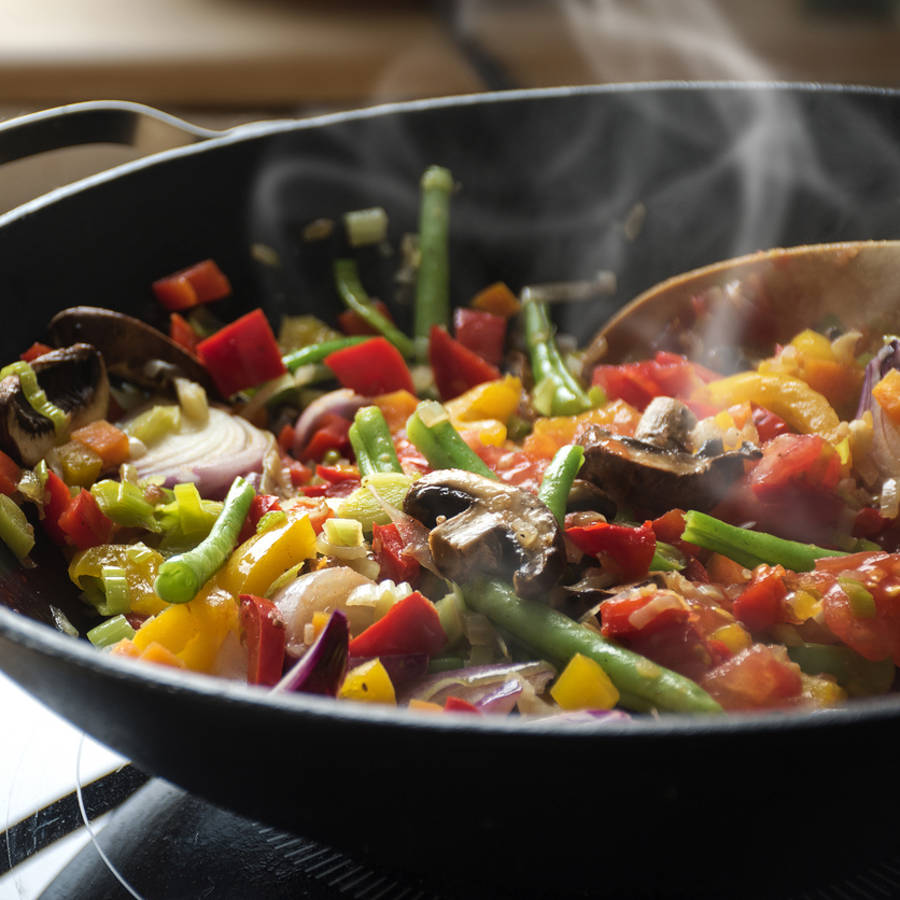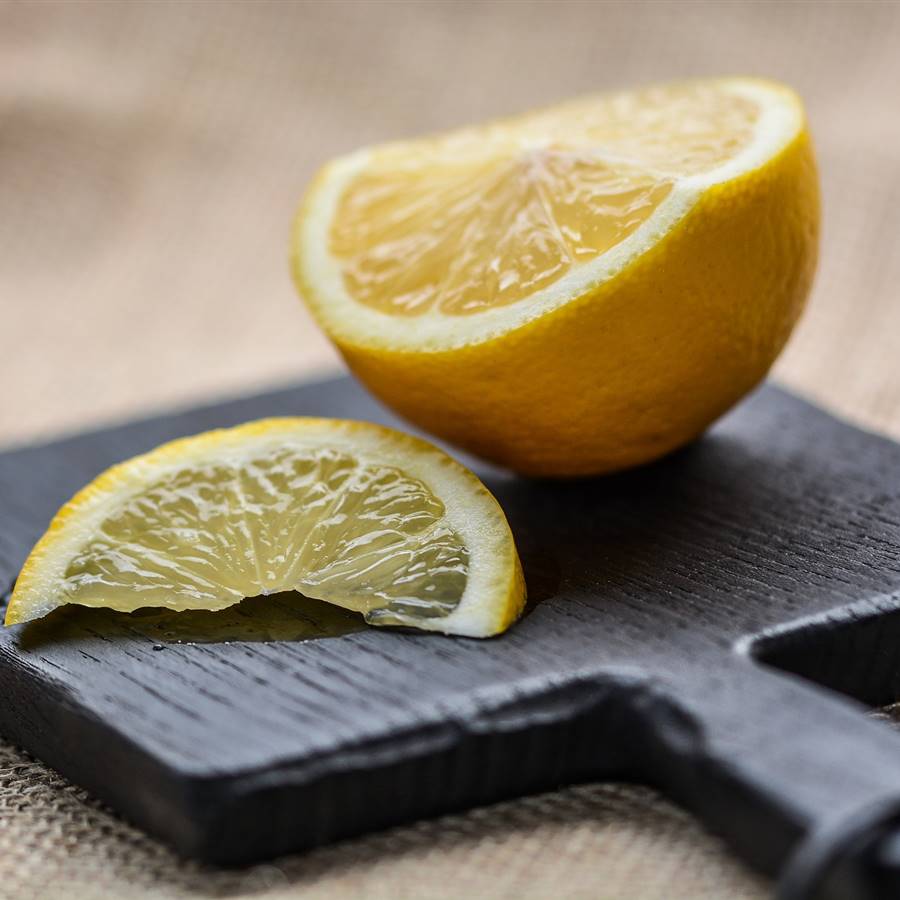



The color and flavor of lemon (Citrus limonum) already indicate to us that it is a very special fruit, as happens with other representativess from the Rutaceae family, such as orange, mandarin or grapefruit.
Originally from Central Asia, The lemon tree was brought to Europe by the Arabs in the 12th century. The Spanish were in charge of taking it to America and Today its cultivation is common in temperate zones around the world.
Healing and nutritional properties of lemons
It is not a caloric food: it is low in carbohydrates (8%), proteins (0.9%) and, above all, fats (0.5%); but your therapeutic value It is very extensive.
The reason is your rich in vitamins, minerals and various phytocomponents. Minerals such as magnesium, copper, iron, iodine, calcium, phosphorus, potassium, sulfur and zinc are abundant.
Regarding vitamins, it contains a certain percentage of group B vitamins, but The most notable thing is its richness in vitamin C. 100 g of lemon contains about 53 mg of ascorbic acid, so a medium piece covers the daily needs of vitamin C (60 mg).
But perhaps the most interesting thing about lemon is what does not have any nutritional value, but gives it its main properties. It contains organic acids: citric, malic, formic, acetic… and also has terpenessubstances that They give it its typical aroma and attribute anti-cancer qualities..
It also contains, especially in the pulp and rind, various flavonoids (hesperidin, rutin, diosmin). Their properties are diverse: antioxidant effect (against free radicals) and vascular protection. They also reinforce the action of vitamin C.
How to make and drink lemon juice
- It is advisable to take it diluted, because this way it does not lose its properties and is better tolerated. Hence it is often recommended to drink water with lemon in the morning.
- If I were more concentrated, it’s better drink it with a straw, to prevent it from altering the enamel of your teeth.
- It suits add some pulp and even a little zest to the juice from the inner area of the bark, as it contains very beneficial substances.
- Also can be used to dress salads or even legume dishes.
- The lemons that contain the most juice are the with thin skin and intense yellow color. The most aromatic ones should be chosen and the heavier compared to its sizeas they are also usually the juiciest.
- to squeeze its juice, it is better to use lemons at room temperature. Before squeezing them, they must be roll over a surface to soften them and get your juice more easily.
- When making juice it is preferable use a non-metallic manual juicer, since this could subtly alter its properties.
In what situations can lemon help?
Lemon exerts a purifying action on the body and has alkalizing properties. It is especially indicated in the following cases:
- Digestive system: favors the secretion of digestive juices (gastric, pancreatic). It can improve certain dyspepsies or bad digestion. Due to its astringent and disinfectant power, it is useful in digestive disorders with diarrhea (stomach flu).
- Blood vessels: Due to flavonoids and vitamin C, lemon helps to strengthen capillaries, gives elasticity to arterial walls and tones veins. By thinning the blood, it prevents the formation of thrombi. It is also helpful in cases of arterial hypertension, It improves the condition of the arteries and increases urine output.
- infectious processes: in most infectious diseases, whether viral or bacterial, drinking diluted lemon juice is a good idea, since increases defenses (activation of white blood cells), improves fever and helps eliminate toxins. Its richness in flavonoids and vitamin C also makes it very useful as a preventative remedyby stimulating the immune system.
- Bronchopulmonary diseases: It is useful in colds, flu and bronchitis. Also in cases of pharyngitis, tonsillitis… Its juice sweetened with honey (softening and also antiseptic effect) It is very convenient.
- Anemia: due to its richness in vitamin C, folic acid and the presence of iron, it helps combat anemia. Also makes iron from food better absorbed.
- Liver failure: activates bile secretion, prevents the formation of stones and promotes their dissolution.
- Rheumatism: In the case of arthritis, gout and other rheumatic processes, its use is recommended, since alkalizes the blood and helps eliminate substances through urine (for example uric acid salts) that cause it.
- Stress: A lemon leaf herbal tea It exerts an antispasmodic and calming effect on the nervous system. You can make an infusion with three leaves in a little water. It should be filtered and allowed to rest. It is advisable to drink a cup at night before going to bed.
how to make the lemon cure
Lemon cures help prevent and help alleviate some health problems. Summer is the best time for these cures. It can be done During two weeks.
- The first day you take a diluted lemonhalf an hour before breakfast.
- Every day one more lemon is added until you reach 7.
- Then the reverse process is carried outreducing one lemon each day until returning to the starting amount, a single lemon.
The degree of tolerance to lemon cures varies from one person to another and It depends on the constitution, with prolonged cures being better tolerated by large or obese people than by thin ones. It also depends on age, being less tolerated, in general, by elderly people.
It has some contraindications and should be cautious when performing this type of cures in cases of: gastroduodenal ulcer, constipation, severe anemia, bone fragility, prostatitis, painful periods, anxiety and insomnia.
In summary, Children and the elderly, as well as thin, nervous and cold-sensitive people, should be limited to a dose of a few drops to half a lemon a day.
The healthy peopleor without any of the characteristics or diseases mentioned, can take one to three lemons a day.
Lemon is also used in other very popular types of cleansing cures, such as the maple syrup and lemon cure.
home remedies with lemon
Because of his antiseptic and antibiotic power, Lemon juice can be applied locally to the skin, nasal passages, throat… Its varied medicinal properties make it a magnificent remedy for very diverse ailments:
- Headache: Apply lemon slices to the affected area. When they heat up, they are replaced by others.
- Lemon is hemostatic, that is, it cuts the hemorrhages.
- In case of muscle pain or bruisesit is appropriate to massage the painful area with lemon juice.s.
- Since lemon is astringent, it is suitable in case of seborrhea or hair loss. To use it for this purpose, you should gently massage your scalp with a piece of lemon after each wash. The hair is then rinsed, first with warm water and finally with cold water.
- If your feet swellthey can be soaked for a few minutes in water to which the juice of a lemon has previously been added.
- When the nails are fragile and brittle They can be strengthened by massaging them with lemon juice, before submerging them for a few minutes in olive oil.





